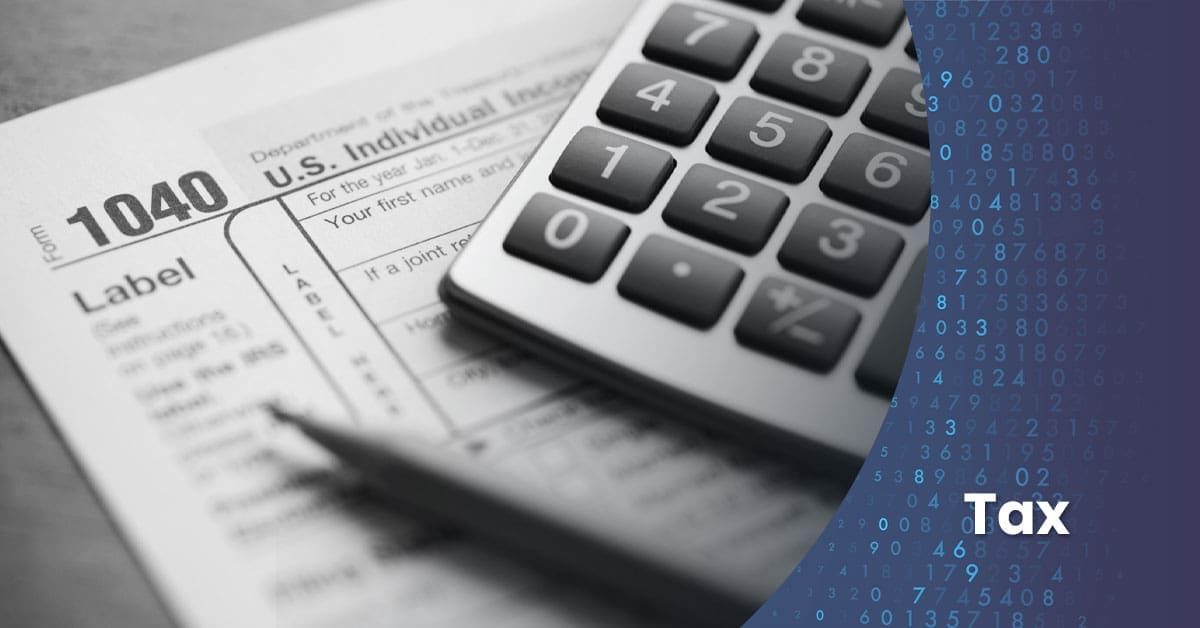This week, the House Ways and Means Committee unveiled a draft of the “One Big Beautiful Tax Bill,” aiming to enhance and expand several tax benefits first introduced in the 2017 Tax Cuts and Jobs Act (TCJA).
While the draft doesn’t extend the current Opportunity Zone (OZ) provisions set to expire after 2026, it proposes a second round of Opportunity Zones. These updates are focused on improving access, ensuring transparency, and directing investments to distressed and rural areas.
Proposed Changes to Opportunity Zones
The new draft outlines several impactful updates for Opportunity Zones. Key features include an extended timeline, revised eligibility criteria, and simplified incentives for investors.
Extended Timeline and Stricter Eligibility
A second wave of Opportunity Zones would run from 2027 through 2033. This extension introduces stricter guidelines to ensure investments are focused on areas in genuine need. The new parameters mandate that:
- At least 33% of all designated Opportunity Zones are located in rural communities.
This focus aims to ensure that rural areas receive proportional attention and resources, addressing gaps left by the initial legislation.
Simpler Incentives for Greater Participation
To attract more investors, the bill simplifies the incentive structure:
- Investors would be eligible for a single 10% basis step-up after holding investments for at least five years.
- In rural areas, investors receive a 30% basis step-up, but investments must be made through new “Rural Qualified Opportunity Funds” (RQOFs).
- The “substantial improvement” threshold for existing properties in rural Opportunity Zones is reduced from 100% to 50%, making rehabilitation more feasible.
These adjustments are intended to make the program less complex while fostering growth in economically disadvantaged areas.
Inclusive Changes for Smaller Investors
The updated framework takes significant steps to expand participation, emphasizing inclusivity and transparency.
Easier Entry for Individual Investors
For the first time, smaller investors would have a clear pathway to contribute. Individuals would be allowed to invest up to $10,000 of post-tax income annually into Qualified Opportunity Funds (QOFs) or Rural Qualified Opportunity Funds (RQOFs). This shift opens doors for those who may not have participated previously, broadening the base of contributors.
Increased Transparency and Oversight
To ensure Opportunity Zones deliver meaningful benefits, the proposal introduces new oversight and reporting requirements. These measures will:
- Track the impact of investments on local communities.
- Improve public transparency and ensure accountability for project outcomes.
Enhanced reporting would help maintain focus on the program’s core mission of benefiting underserved areas.
Timeline for Implementation
If enacted, these changes would take effect on January 1, 2027, offering communities and investors an updated six-year framework that prioritizes impact-driven investment.
What the Changes Mean for You
These proposed updates aim to refine Opportunity Zones, providing greater focus on rural development while making participation more accessible. By simplifying investment incentives and increasing oversight, the program seeks to balance financial incentives with tangible benefits for communities in need.
Whether you’re already investing in Opportunity Zones or considering entering this space, these changes offer a renewed opportunity to align your financial goals with meaningful community improvements.
How We Can Help
We’re closely monitoring the progress of the “One Big Beautiful Tax Bill” and are ready to guide you through its implications. Whether you’re evaluating how the changes align with your strategies or looking for advice on future investments, we’re here to help.
Stay tuned for updates as this legislation evolves, and remember, thoughtful planning today can lead to both impactful and profitable opportunities in the future!





 Previous
Previous






